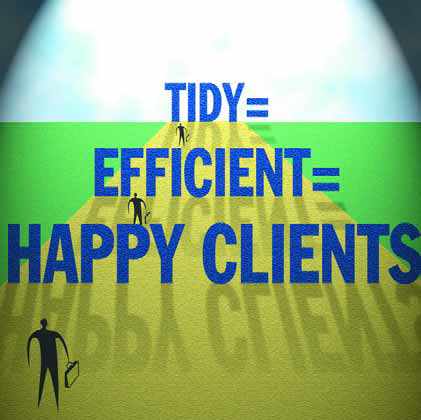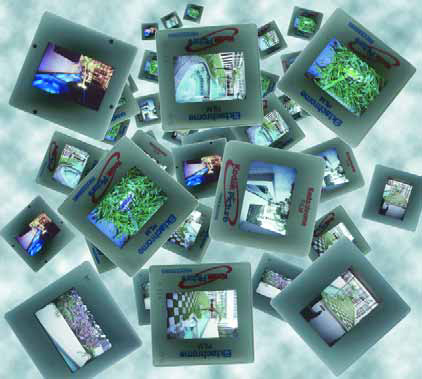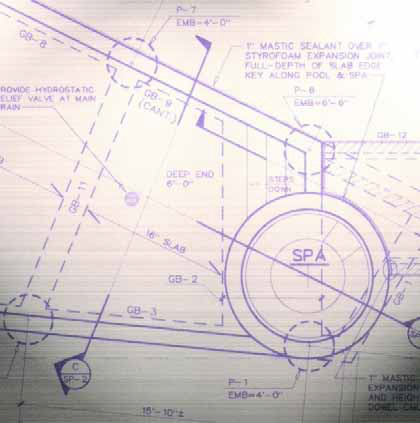Professional Watershaping
Some might say we're enduring the curse of living in interesting times; others might opine that the planet's just plain gone crazy. However you look at it, when you stop to consider what's been going on in the world, in our country and in the economy and how all of that relates to our watershaping corner of the universe, it's easy to see that important trends and even greater forces are constantly sweeping around us. So much is happening that it's often difficult to figure things out, but the most important observation I can make is that not all the news is gloomy - far from it. For a great many watershapers, in fact, business has thrived in recent times and expanded in new and exciting directions. That's so true for some that it's fair to say that there's been little or no time left for reflection. But I would argue that finding time to
During the five years I've been writing this column for WaterShapes, I've been asked by a number of people how I manage to find the time to write this column, make presentations at trade shows, teach at Genesis 3 schools and conduct my own design/consulting business. I get the distinct impression that these questions have much less to do with curiosity about the power of time management than with questions about why I'd even bother to extend my focus beyond my primary business of
One of the real tricks in any art form can be the challenge of exercising restraint. Bigger isn't always better, and both scale and size do matter. In other words, just because you can create something grand, it doesn't always mean that you should. This principle of proportionality has a sharp, specific meaning in the world of the custom watershaper, especially when clients ask for something that is oversized for the property or more elaborate than called for by the setting or surrounding architecture. We all know where it comes from: Clients have seen something they like, and it
Perception is reality: Regardless of whether that's right or wrong, you are judged by appearances. And there's no escaping those judgments because it's basic human nature. If your own appearances mean ugly-looking vehicles, sloppy-looking employees, shabby offices and job sites that look like disaster areas, you will inevitably be judged with that image by the clients who have hired you and by anyone else exposed to those appearances. Personally, I'd rather have them focus on the quality of my work rather than on superficialities such as these, but
Last month, I began a discussion of things that those of us in the watershaping trades can do to improve our collective profile with the public - not to mention enhance our collective self-image. Education, of course, is a huge factor. And so is the level of professional courtesy with which we treat both clients and prospects. But those two points, discussed in detail last time, have less to do with the way we approach the practicalities of our businesses than is the case with another point that bears discussion: that is, project management and how we
During a presentation to a recent conference for the swimming pool and spa industry, I tossed this nugget to the audience: "By a show of hands, how many of you in this room believe that most people think highly of our industry? Please be honest." It was a mixed group of more than 160 people representing manufacturers, distributors, manufacturer's representatives, retailers, service/maintenance firms and, in the majority, pool and spa builders. Even with all of these different segments of the industry in the room, not a single hand went up. As one who often
Why is it that, on the pool/spa side of the watershaping business, it's so difficult to find much by way of truly workable plans and specifications? In residential work, of course, the tone is set by local building inspectors and plan checkers, whose needs seem to vary tremendously from place to place. But that's no excuse for the fact that the plans used in a great many residential projects are grossly inadequate - especially when compared to the far more detailed and precise plans and specifications required by






















